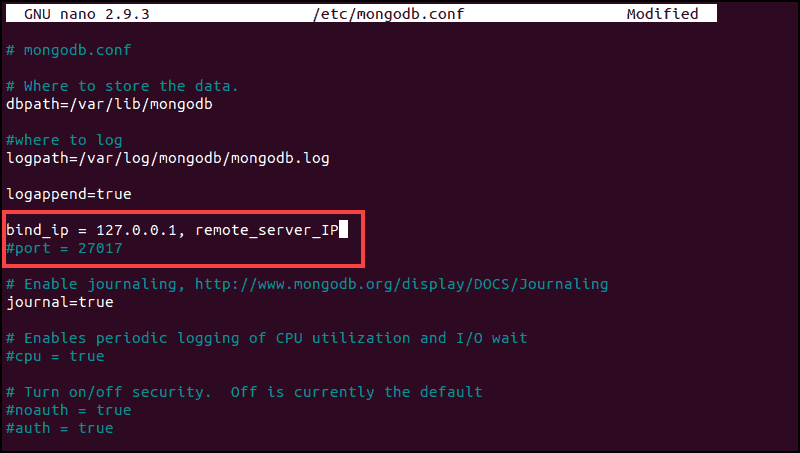
Meeting servers are deployed on Docker or Kubernetes. Sametime policies allows administrators to control user access to features. This section provides information on starting and stopping HCL Sametime Meeting servers.
#Start mongodb server windows#

This section provides information on securing HCL Sametime 11.5 environments. This section provides information on configuring the servers for HCL Sametime 11.5. This section provides information on installing and configuring the servers for HCL Sametime 11.5. This section describes the system requirements and server configurations needed for HCL Sametime 11.5. This section provides information on reviewing the checklist to deploy the Sametime clients. This section describes what's new in HCL Sametime® 11.5 and Sametime® Meetings 11.5. HCL® strives to provide products with usable access for everyone.


Rather than creating an application to make use of it, we’re going to interact with the database through the shell client. Interacting with the MongoDB Docker Container with Basic Shell OperationsĪt this point in time we have a functional MongoDB deployment. If you plan to deploy all your applications as micro-services with Docker, then you’d be fine as long as your containers can communicate with each other. Like I said, the port mapping is only necessary if you wish to use it from your host Mac, Windows, or Linux computer. You don’t need to map the ports in order to use MongoDB. The ports used were taken from the MongoDB documentation. We are also mapping the container ports with host ports so that way we can access the database from a host level application if we wanted to. The above command will run the container in detached mode, or in the background for us.

#Start mongodb server download#
The simplest solution to download our image is to execute the following:ĭocker run -d -p 27017-27019:27017-27019 -name mongodb mongo:4.0.4 There are numerous images available, each representing different versions of MongoDB or the underlying operating system that it is installed on. Downloading the Latest MongoDB Docker ImageĪssuming that you have Docker installed on your computer or server, we can obtain the MongoDB image from the Docker Hub container registry. In this tutorial we’re going to focus on using Docker to deploy MongoDB as a container and interact with it with the shell client.
#Start mongodb server install#
However, you can also install MongoDB on premise using multiple options. For example, I had recently written a tutorial titled, Developing a RESTful API with Node.js and MongoDB Atlas which focused on the MongoDB cloud solution called Atlas. There are plenty of deployment options when it comes to using MongoDB. So what if you wanted to give MongoDB a spin and see what it’s all about? MongoDB is one of the most popular NoSQL databases on the market right now and is used heavily with Node.js development in particular.


 0 kommentar(er)
0 kommentar(er)
